What causes Waterproofing to Fail?
According to experts, “waterproofing constitutes 1-2% of the total cost of construction and 80% for renovation and refurbishing projects. The waterproofing membrane or coating is only as perfect as the surface on which it is applied on.” The process is labor-intensive and measured; workers need to assess the environmental conditions, mixing ratios, and other aspects for a smooth finishing.
Problems in surface preparation, priming, and adhesiveness (due to substrate moisture) render an amendable result for customers who have to recall professionals for a strong fix. On the contrary, proper information and research can help diminish the issues altogether.
Problems Related to Waterproofing Failure
-
Erroneous Product Choice
Waterproofing membranes or coats can be applied on:
- Positive-Side (exterior section)
- Negative-Side (interior section)
- Blind-Side (area inaccessible to individuals)
Read More
Advantages and Disadvantages of Crystalline Waterproofing
Is Bitumen Good for Waterproofing?
Types of Waterproofing in GI Corrugated Sheet
Generally, positive-side waterproofing is finalized through sheet-membrane systems, fluid-applied membranes, vapor barriers, and hydros clay. Similarly, negative side waterproofing utilizes cementitious coatings and epoxy injections. Blind-side waterproofing systems employ sheet membranes (asphalt, plastic, rubber, and bentonite), and spray-applied membranes.
Choosing the incorrect waterproofing system can be a risky endeavor with drastic consequences. Inadequate protection can lead to water seepage, mold growth, and structural damage. A mismatched product may not withstand environmental conditions or adhere properly, resulting in costly repairs, compromised aesthetics, and potential health hazards. Therefore, selecting the right waterproofing product is crucial for long-term durability and protection.
-
Inadequate Surface Adhesion
Another major hindrance for an even-layered waterproofed surface is improper substrate adhesion. When the product fails to cling to the surface, it creates crevices from which water can gush forth, allowing the growth of mold, mildew, and other contaminants. Moreover, the integrity of the waterproofing barrier is compromised. A clean and dry surface is, therefore, essential to achieve a strong connection between the layers.
N.B. Ensure that the product is not expired (Check the expiry date before purchasing the primer and coating liquid)
Read More
How to Find Top Water and Heat Proofing in Karachi?
Top 5 Benefits of Applying Solar Reflecting Paint in Pakistan
How Much Water Damage Repair Service Cost in Pakistan?
-
Improper Cleaning
Improper surface cleaning prior to waterproofing can lead to significant issues. Dirt, grease, dust, or contaminants can affect the substrate adhesion, resulting in gaps and minor crevices. Additionally, the presence of contaminants can prevent fool-proof penetration of the waterproofing product. So, it’s mandatory to clean the surface with water and soapy chemicals in addition to fixing broken joints or spaces.
Application of Waterproofing Membranes – Challenges and Solutions
Waterproofing surfaces is one of the most intricate jobs in the world. Stephen Beaumont, a recognized expert in the field, said, “Ensure that you find the right company for the job. Or, if you are planning to DIY, learn about the regulations, application, and other important aspects related to waterproofing surfaces.”
Following are some key points related to the process:
- Stress cracking is a common practice in waterproofing surfaces. However, ensure that membranes or coats are evenly spread.
- Bitumen waterproofing requires heat application, which increases additional cost and energy.
- The waterproofing membranes undergo deterioration and erosion, reducing their waterproofing capabilities to a certain extent.
- The substrate needs extra protection, which, thereby, increases the time of the experts as well as cost.
- Leaks are identified after the backfilling process. At times, the waterproofing membrane needs replacement or patchwork is applied.
- The risk of leakage increases after the waterproofing membrane is applied around pile caps, pillars, installations, and other structures.
- Some of the membranes (PVC, EPDM, and TPO) are not advised for below-grade applications. These membranes have limitations; they cannot withstand high hydrostatic pressure or permanent bonding.
- Most waterproofing membranes are developed from petroleum-based products, which labels it as non-eco-friendly. These layers contribute to high CFCs and depletion of fossil fuel resources.
Conclusion
Application of waterproofing coats and membranes require experts because of various complexities, such as measuring boundaries, mixing ratios, and more. Research is also a pivotal part of the process as it helps to provide a picture-perfect scenario. To achieve optimal results, connect with Lakhwa Chemical Services, one of the best waterproofing companies in Karachi, Pakistan.
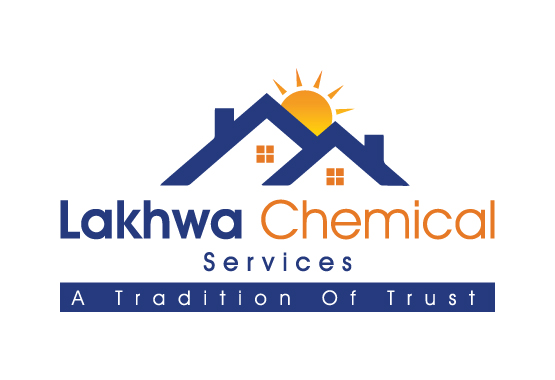
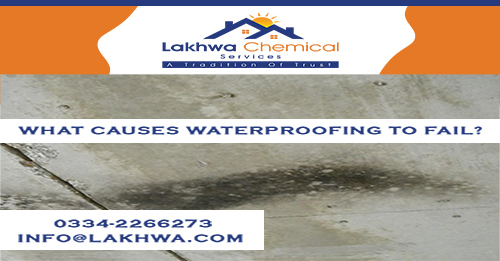
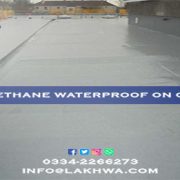
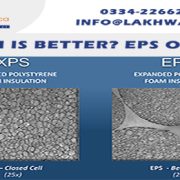
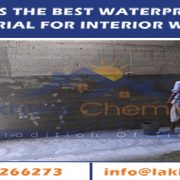

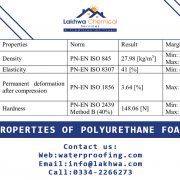

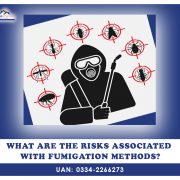



Leave a Reply
Want to join the discussion?Feel free to contribute!